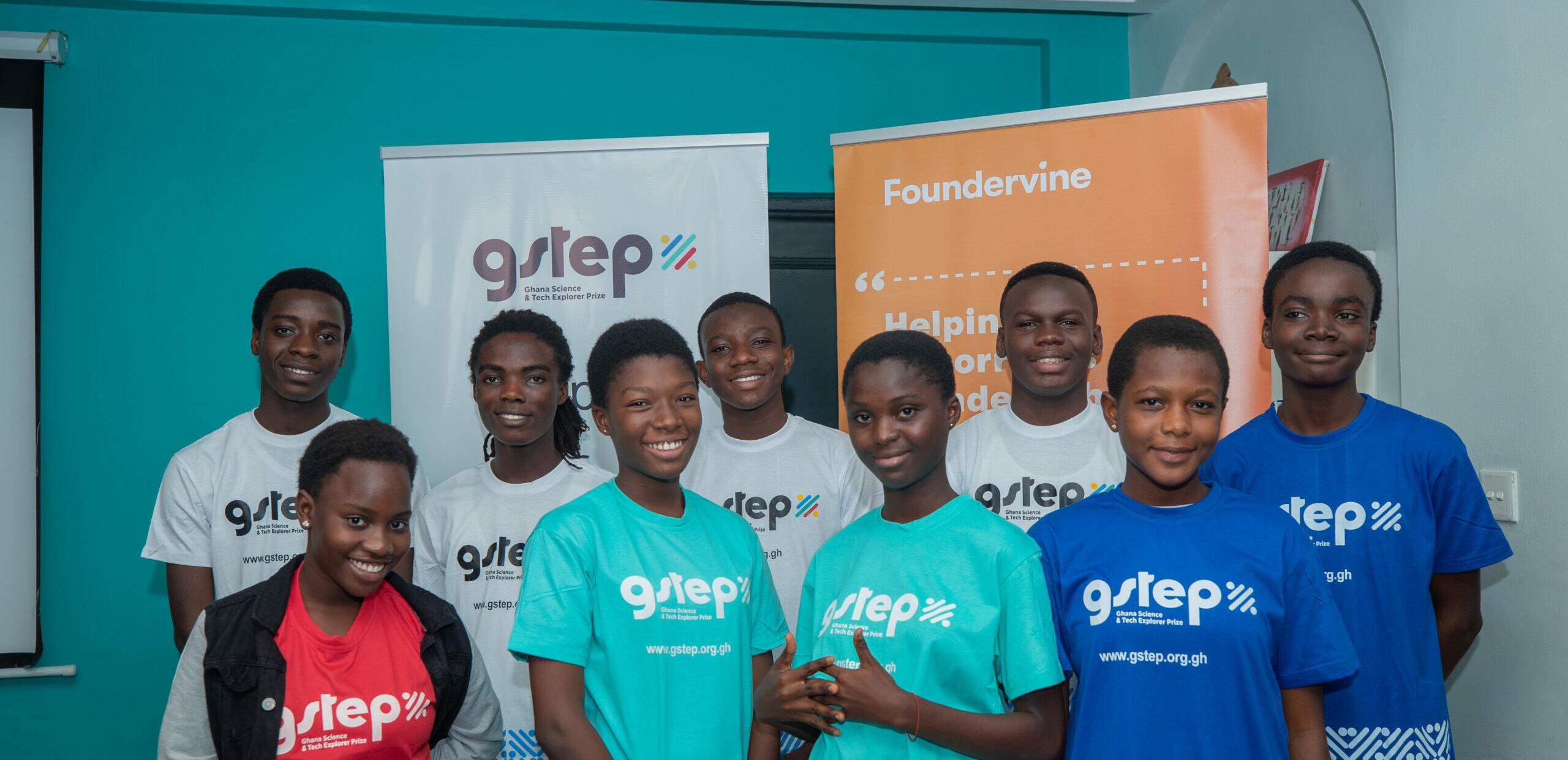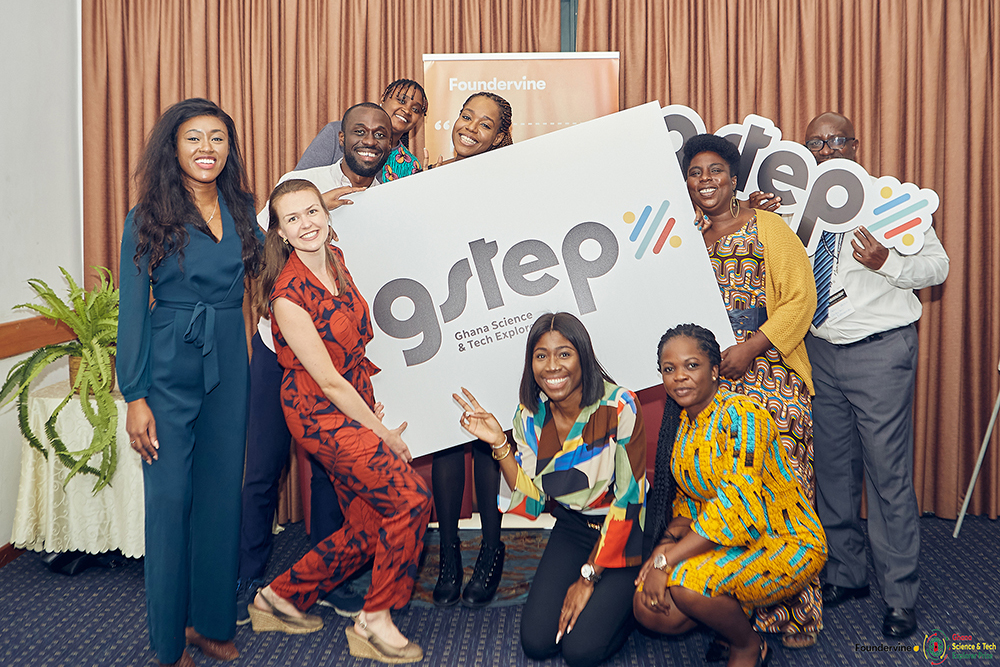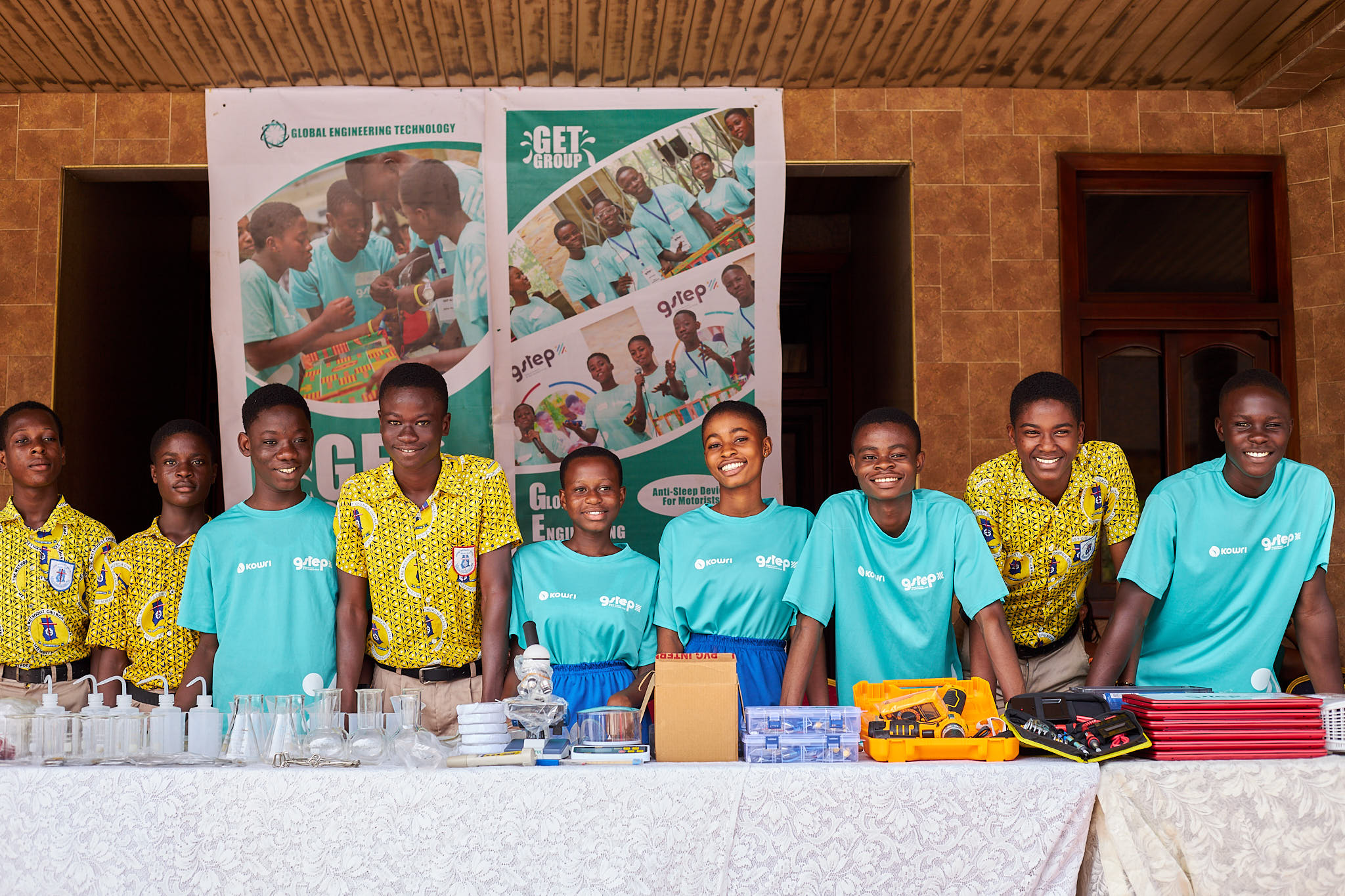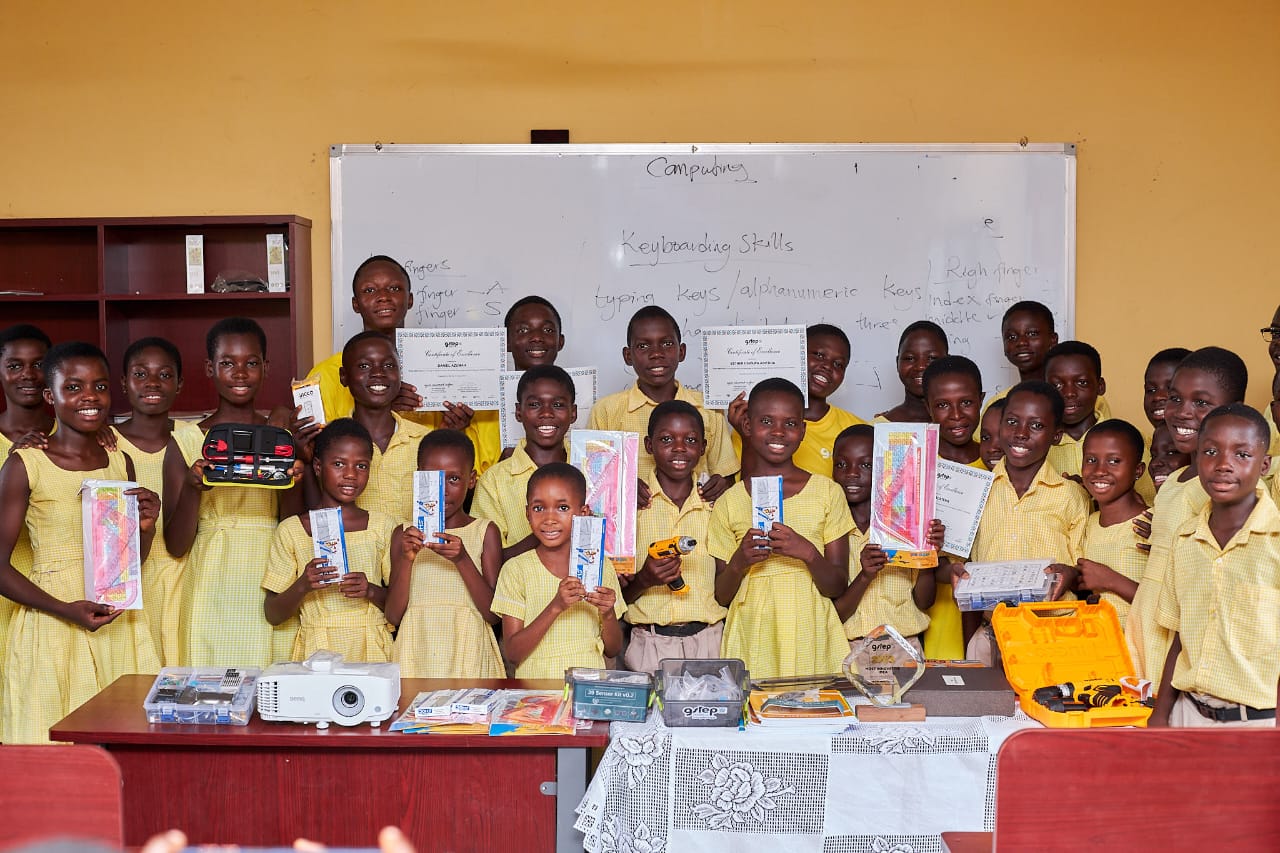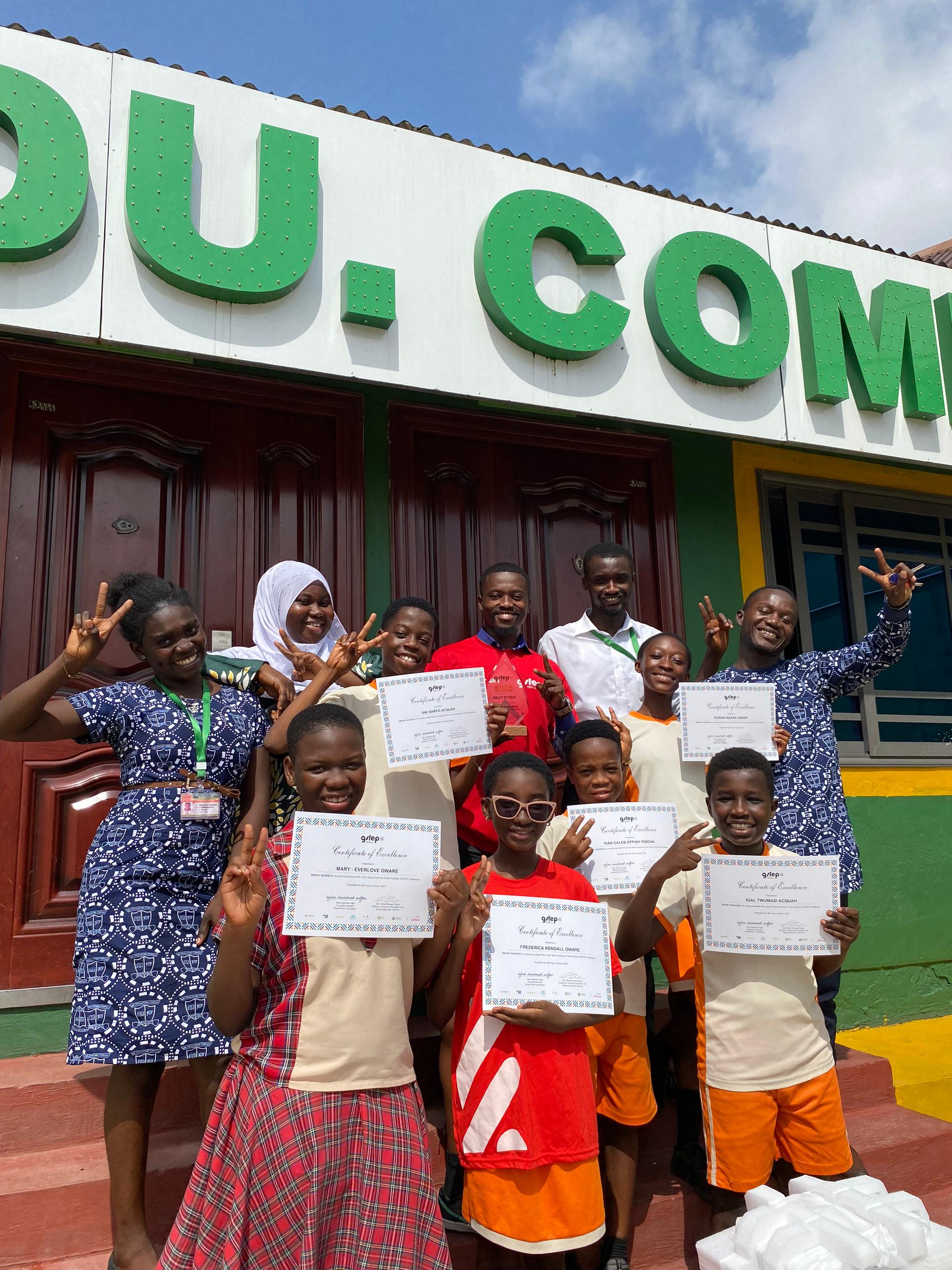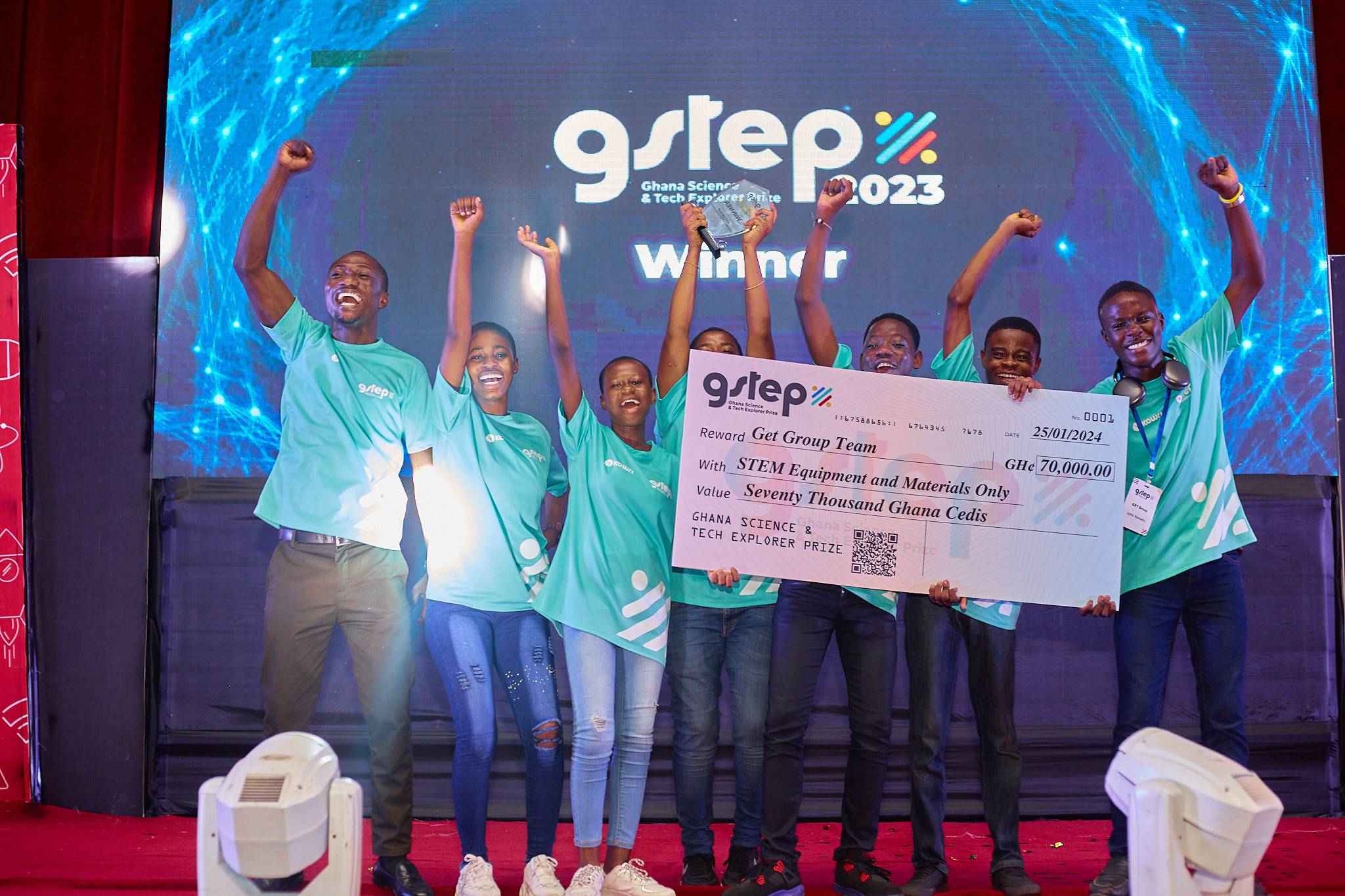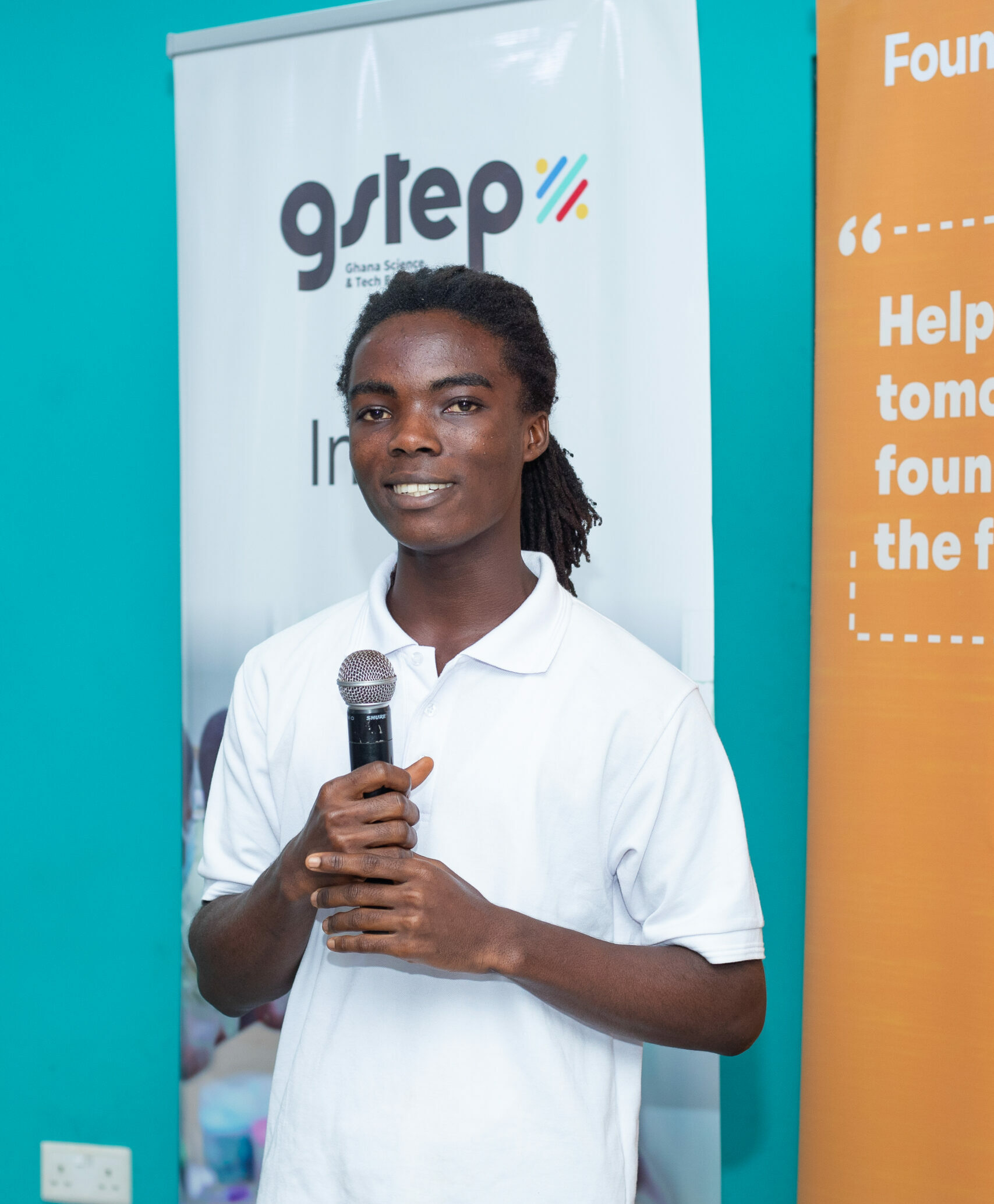
Tyrone Iras Marhguy is a General Science student at Achimota Senior High School. He is also a Youth Ambassador for the Ghana Science & Tech Explorer Prize (GSTEP) Challenge. Tyrone has always had an interest in Science and Mathematics and wants to be an engineer in future. For Tyrone, his interest in Science and Mathematics and his decision to be an engineer in future has piqued his interest in STEM.
Many young people, especially older adolescents make choices about their careers or professions based on how safe the job is, in terms of employability and income. Over time, communication of career options in STEM have largely been limited to mainly well known professions such as doctors and engineers.
One of the reasons Tyrone loves school is because of the varied interests and experiences that his classmates bring to school. He has learned a lot from friends who have participated in programs or activities in different aspects of STEM and he is challenged to explore other areas in STEM.
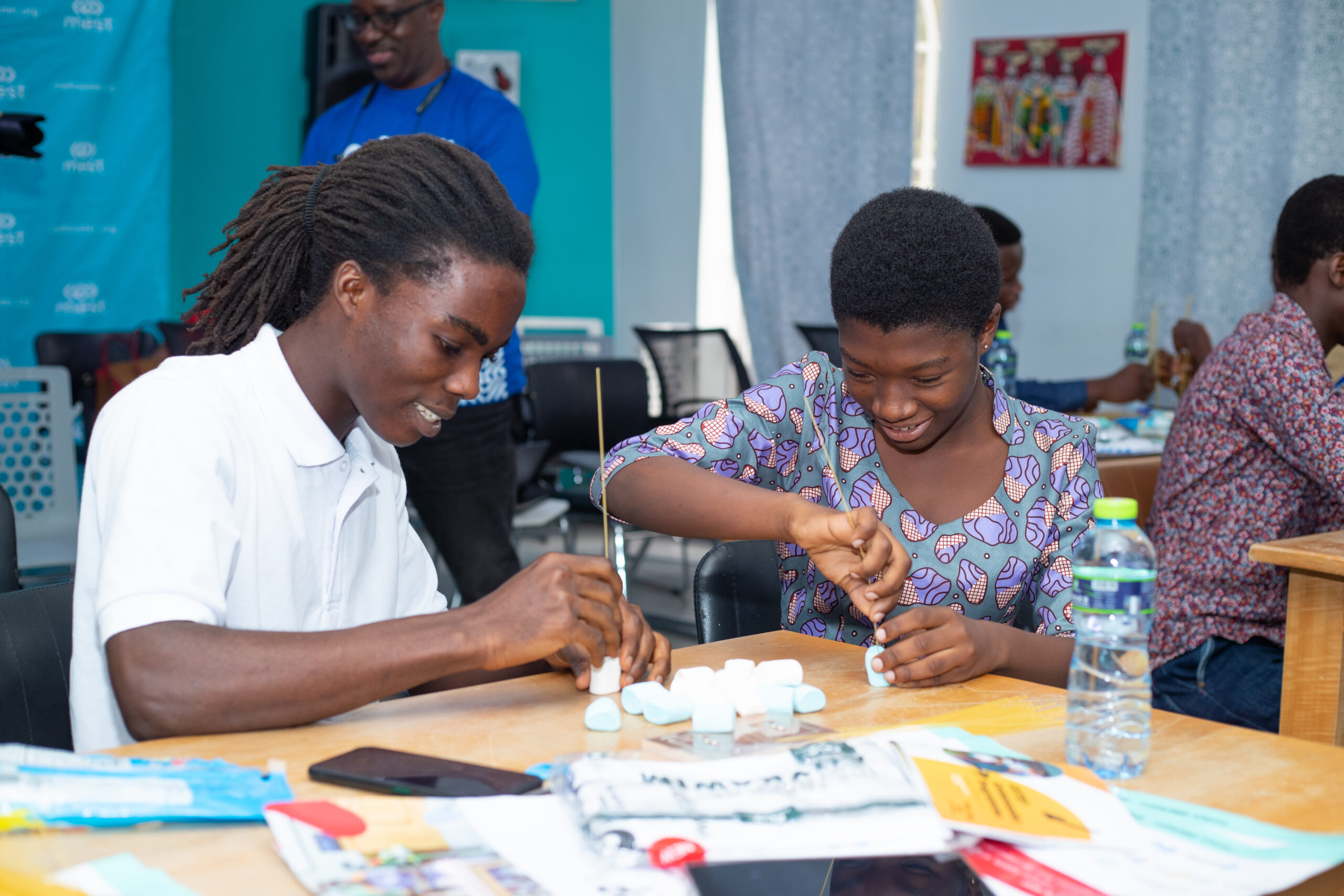
It is essential that students easily see themselves as a STEM student or professional. Some students may find the applications of STEM more interesting than the “pure science” and this should be communicated as an acceptable and welcoming reason to join STEM.
Young people also need to be able to see how a STEM career fits into their identity development. It is essential that individuals excelling in STEM that are presented to young people, are as diverse as possible with regards to gender, ethnicity and other identity traits. Traditionally and in popular culture, people in STEM have been identified with a range of stereotypical traits such as middle aged or older male, usually in glasses, socially awkward with minimal attention to outward appearance.
It is essential that efforts to encourage STEM participation should show the youth that STEM is something for them irrespective of their identity. Tyrone, through his activities with the YSG program inspires young people to see STEM and its applications as something they can do.
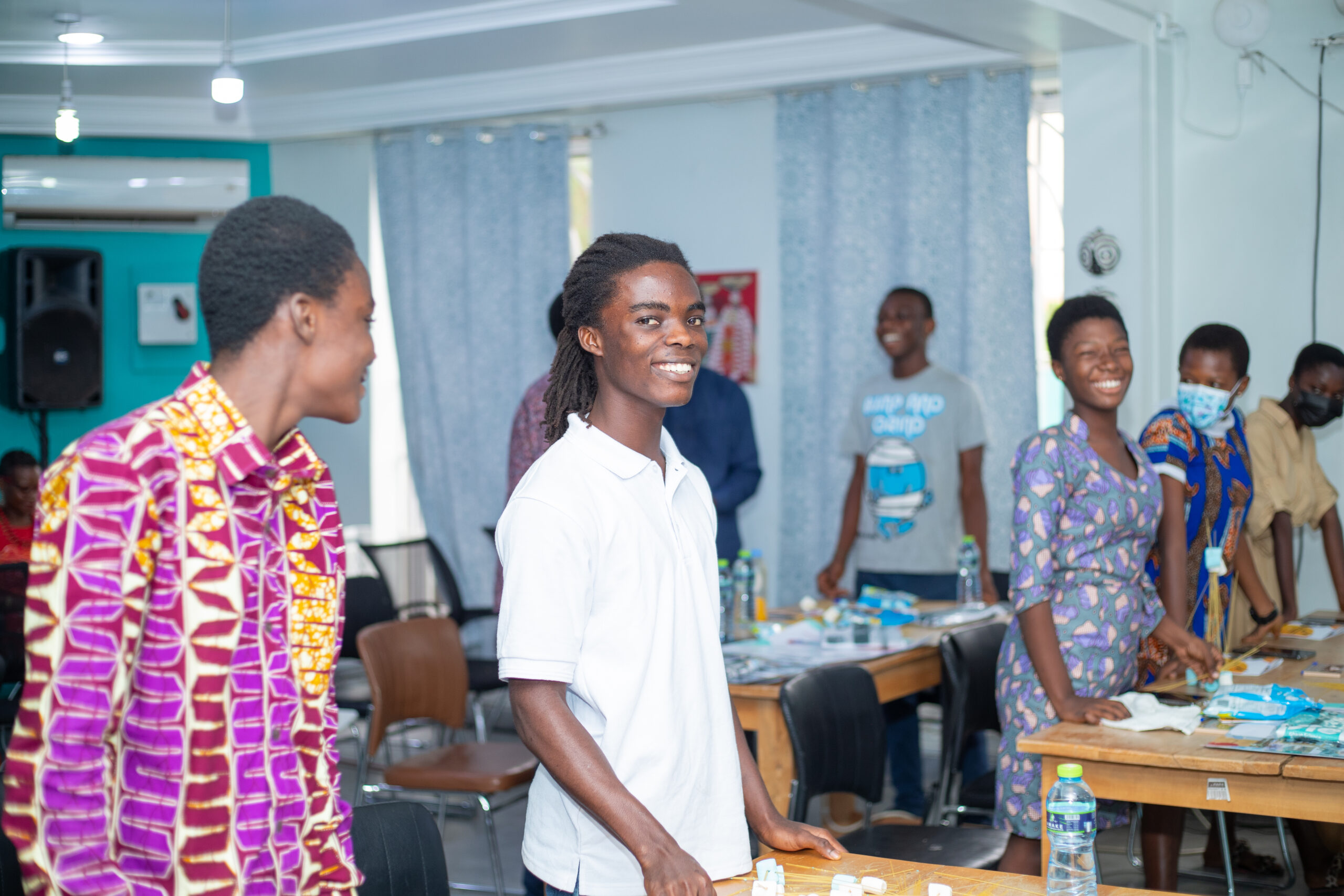
The GSTEP program is providing a platform to guide, motivate and support students through varied practical approaches to increase STEM participation. For the Challenge, Tyrone will be developing a portable water cleaner that can be used to generate potable drinking water in communities which lack access to clean and safe drinking water. His interest in electrical and mechanical engineering inspired him to develop this machine.
A large workforce in STEM is essential to resolving many issues in communities while promoting economic growth and it is important to help more young people see how STEM fits into their career goals. Through the various interventions under the program, multiple opportunities are being created for young people to engage with STEM.




